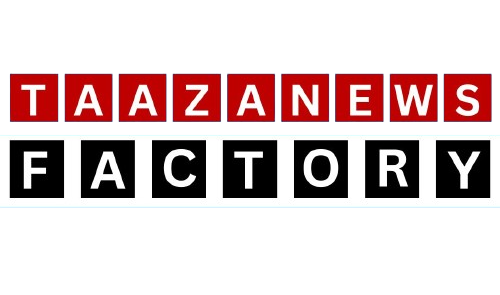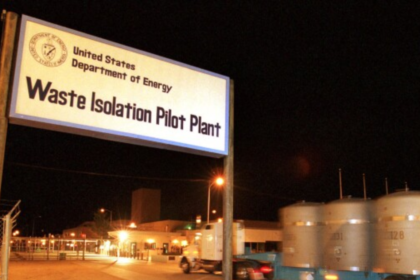In a significant move, Elon Musk’s Starlink, a satellite internet service operated by SpaceX, has expanded to the White House complex. This development has sparked discussions around the technology’s role in government operations. While the installation aims to improve connectivity, questions about ethics and security have also surfaced. Let’s dive into the details surrounding Starlink’s implementation, the reasons behind it, and what it means for the White House.
What is Starlink?
Starlink is a satellite-based internet service operated by SpaceX, providing high-speed internet access through low-Earth orbit (LEO) satellites. Unlike traditional broadband services, Starlink is designed to offer connectivity in remote and underserved areas. Its network consists of thousands of satellites, ensuring global internet coverage.
Why Was Starlink Installed at the White House?
The primary reason for Starlink’s installation at the White House campus was to address connectivity issues. According to White House officials, certain areas of the complex faced poor cell service and overburdened Wi-Fi networks.
Key Points:
- Enhanced internet availability
- Backup network in case of emergencies
- Increased security with encrypted communications
Starlink’s unique capability to provide reliable internet, even in areas with limited infrastructure, made it a viable option for the White House.
Ethical Concerns and Conflicts of Interest
While the installation serves a practical purpose, concerns regarding conflicts of interest have emerged. Elon Musk, as the CEO of SpaceX, holds significant government contracts. Furthermore, his role as an unpaid advisor to the Trump administration has intensified scrutiny.
Ethics Questions:
- Was the Starlink service donation vetted properly?
- Could Musk’s advisory role impact government decisions?
- Are there competitive concerns for other service providers?
White House officials have stated that the installation was approved by the legal team managing ethics issues. However, skepticism remains regarding the transparency of this decision.
Technical Details of the Installation
Unlike traditional Starlink setups, the White House installation is unique. Instead of mounting terminals on physical structures, the system is routed through a data center using existing fiber cables. This allows seamless connectivity without altering the building’s historic architecture.
Technical Highlights:
- Data routed via fiber connections
- Terminals managed offsite for security
- Separate network to reduce congestion
This setup also minimizes the risk of physical tampering, adding an additional layer of cybersecurity.
Also Read: FBI, CISA Warn Gmail and Outlook Users About Medusa Ransomware Threat
The Security Angle
With Starlink now in use at the White House, cybersecurity remains a significant concern. While the service is generally considered secure, government networks demand higher levels of encryption and protection.
Key Security Considerations:
- End-to-End Encryption: Ensuring data confidentiality.
- Network Segmentation: Preventing cross-network breaches.
- Regular Monitoring: Continuous threat detection.
The White House has likely implemented additional measures to secure sensitive communications over the Starlink network.
Comparisons to Other Government Uses
Starlink has previously been deployed in various government and emergency scenarios. For instance:
- FEMA used Starlink during hurricane recovery efforts.
- Ukraine relied on Starlink for secure military communication.
- General Services Administration (GSA) recently installed Starlink to support remote operations.
However, using Starlink in the White House differs significantly from disaster recovery or military applications, as Washington D.C. has existing high-speed fiber networks.
Future Implications
The Starlink installation could set a precedent for how emerging technologies are integrated into government operations. Other federal agencies may follow suit, leveraging satellite internet for redundancy and resilience.
Potential Impacts:
- Expansion of satellite internet for governmental use
- Increased reliance on private-sector tech firms
- Greater focus on cybersecurity measures
It also raises questions about favoritism and the ethical implications of accepting tech donations from influential figures.
Conclusion
The deployment of Starlink at the White House campus reflects the growing influence of private-sector technology in government operations. While the improved internet connectivity serves a practical purpose, it also highlights the complexities of balancing technological advancement with ethical governance.
As discussions around this installation continue, transparency and accountability will remain critical in ensuring public trust.
What are your thoughts on the use of Starlink at the White House? Let us know in the comments below.






